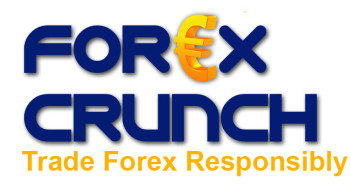The Pound completed the comeback and reached the resistance line. The Euro passed the 1.50 hurdle but didn’t make a convincing break. What’s next for these currencies?
GBP/USD is out of air
GBP/USD trades now at 1.6620, about 40 pips from one of the strongest resistance lines – 1.6660. This number stopped the pair so many times in the past months. But now what?
The Pound enjoyed hawkish comments from different BoE members. The most important one came from the governor, Mervyn King, that wrote a column for the Herald of Scotland in which he said:
I do not know for how long interest rates will remain so low. But at some point they will return to more normal levels and it would be wise to take this into account in your financial planning.
This pushed the Pound up to its current levels. But Pound-bulls need to take a deep breath. The British economy isn’t doing well at all. Recovery is slower than in other places, and the banks are still sick.
On Friday, preliminary GDP for the third quarter is expected to show renewed growth, of 0.1%. According to the respected NIESR institute, the British economy didn’t grow. A disappointment on Friday is possible, and it could send the Pound back down.
For more on the Pound’s week, check out the GBP/USD Forecast.
EUR/USD broke resistance unconvincingly
EUR/USD was stuck under the key resistance line of 1.50. Casey Stubbs also asked what’s next for the Euro, and mentioned that there’s no real resistance until 1.55. I agree.
The last times that EUR/USD was around these levels, it just passed by on the way up or down. This time, EUR/USD is sitting on 1.50, and waiting. Is this the big break of the round number?
EUR/USD made it on the wings of the dollar’s weakness, but without a real reason. While the European economies, and especially Germany, are recovering steadily, this specific move isn’t backed by any European news. I’m unconvinced…
For more on the Euro’s week, read the EUR/USD Forecast.
Other currencies have the fuel to move on. NZD/USD continues to strengthen, riding on a rather strong economy, a higher interest rate and optimism for the future.
